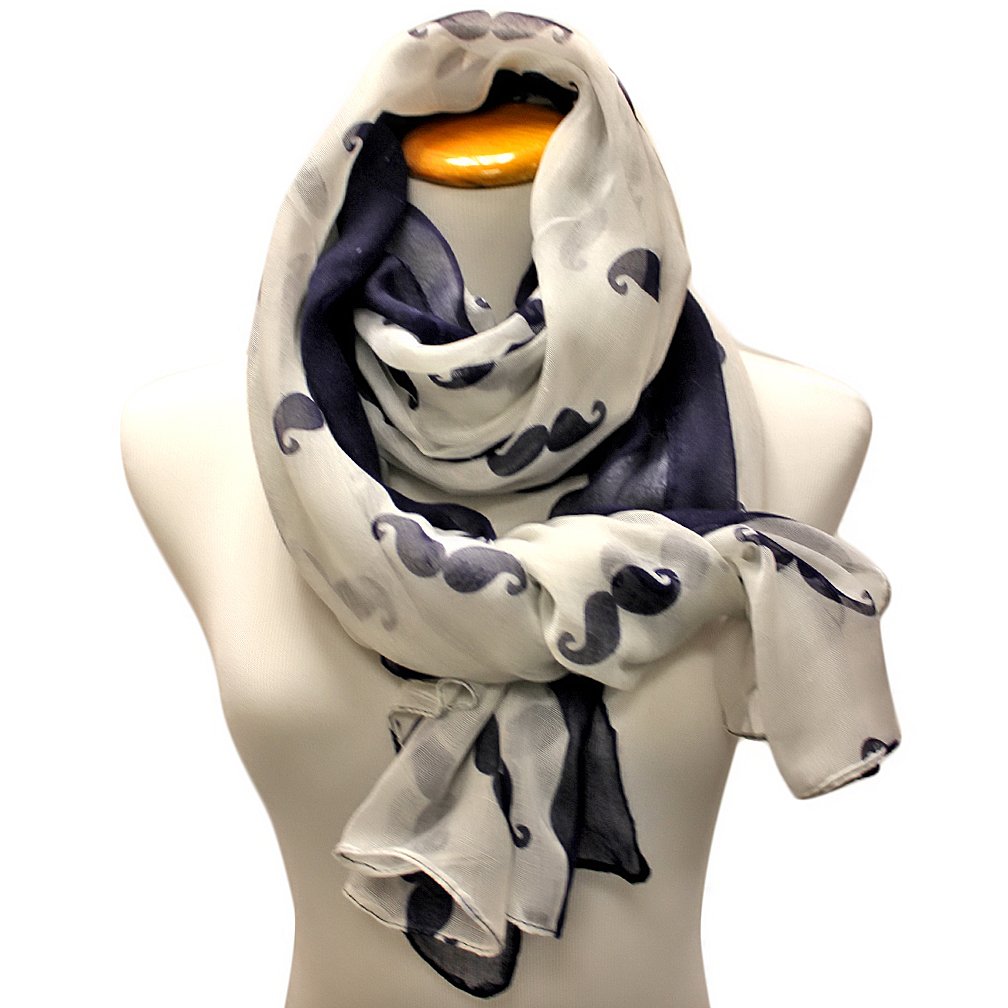 |
What does an archivist do aims to educate
about primary sources and the field of
archives management. |
Since I first wrote about
Pinterest over a year ago, the use of this unique tool has exploded in the cultural heritage field. Pinterest is being used all of the ways that I suggested it might be useful: For collection sharing and collaboration; discovering the interests of your audience; sharing expertise; and generating dialogue. Pinterest has quickly become a favorite tool on social media and is being used in very innovative ways to promote cultural heritage and the businesses associated with it.
After my initial post, I wrote another one on "T
he Pinterest Experiment" and created the board "
What does an archivist do?" A collaborative board with over 450 followers, the board has generated a lot of interest and discussion over the past year as I've tried to collaborate to "pin" information about my profession. My goal was to create a visually engaging introduction to the diverse field of archives. It was one of the first boards to try to find a way to share our profession using this new tool. I am now joined by many in the cultural heritage fields creating unique boards. This post highlights a few Pinterest efforts that I have found outstanding.
Rebecca Price of Chick History has recently created the board "
The Historic Women of #STEM." It celebrates March as Women's History Month by highlighting a unique population. Her board taps into the month's theme, but also brings together a useful collection of biographies. For my own use, this collection will be a great resource for education. I would love to see more boards like this that highlight an aspect of information that can be used by educators.
Camille Breeze of Museum Textile Services has a fascinating collection of boards that reflect the field of
textile conversation. One can learn about the history of textiles through subject focused boards that concentrate on such areas as "Historic Asian Textiles" or the "Historic Embroidery." Camille also includes a board dedicated to her company, allowing us to better appreciate her role in caring for this textile history.
The
Museum of the White Mountains is a new institution that opened last month at Plymouth State University. Much to my delight, the museum has already begun using Pinterest to highlight its mission to preserve and promote the history, culture and environmental
legacy of the White Mountain region. The set up of their board is thoughtful, providing insight into the "
sense of place" offered by this unique, special place located in my state.
 |
From the Library as Incubator
board, "Library Innovation" | | | |
|
|
|
The
New England Museum Association has a rich collection of boards that highlights its members. Of special interest is their
YEPs Resources board that aims to provide support to young and emerging museum professionals. The board offers advice for getting a job and growing a reputation in the field. It reflects the growing potential social media offers for thoughtful resources that can be applied to mentoring.
Always on the cutting edge of the library world, the
Library as Incubator Project offers a collaborative board of
library innovation. Fun, informative and diverse, the board brings together the best of the libraries. More of us should focus on the FUN and use new visual tools such as Pinterest to show how information is not only educational, but also entertaining and cutting edge.
This is just the tip of the iceberg! What boards do you like best? Please share your own comments and favorites.
 "Do
you ever look at something and think, 'Now who first made one of
those?' As a librarian and archivist, I love to contemplate how people
come up with ideas and how they advance society. So, I got excited when I
saw an article about staplers in the New York Times. (Yes, this is one
of Ms. Mannon's quirks. I get excited about stuff like staplers.) But
think about it...this little object helps keep us organized and we take
it for granted every day. Before we had staplers, people used straight
pins to clip things together. I know this from working for a long time
in archives where I have seen many, many collections of old papers.
After straight pins came paperclips, which took on many weird forms
before someone, somewhere came up with the designs we find most
recognizable today. Take a look at the NYT article, The Attachment That Still Makes Noise
if you find these ideas intriguing. Think about what other every day
objects have interesting stories about them. The simple tools that
humans have come up with are really amazing! Maybe start your inquiry
with those paperclips..."
"Do
you ever look at something and think, 'Now who first made one of
those?' As a librarian and archivist, I love to contemplate how people
come up with ideas and how they advance society. So, I got excited when I
saw an article about staplers in the New York Times. (Yes, this is one
of Ms. Mannon's quirks. I get excited about stuff like staplers.) But
think about it...this little object helps keep us organized and we take
it for granted every day. Before we had staplers, people used straight
pins to clip things together. I know this from working for a long time
in archives where I have seen many, many collections of old papers.
After straight pins came paperclips, which took on many weird forms
before someone, somewhere came up with the designs we find most
recognizable today. Take a look at the NYT article, The Attachment That Still Makes Noise
if you find these ideas intriguing. Think about what other every day
objects have interesting stories about them. The simple tools that
humans have come up with are really amazing! Maybe start your inquiry
with those paperclips..."






